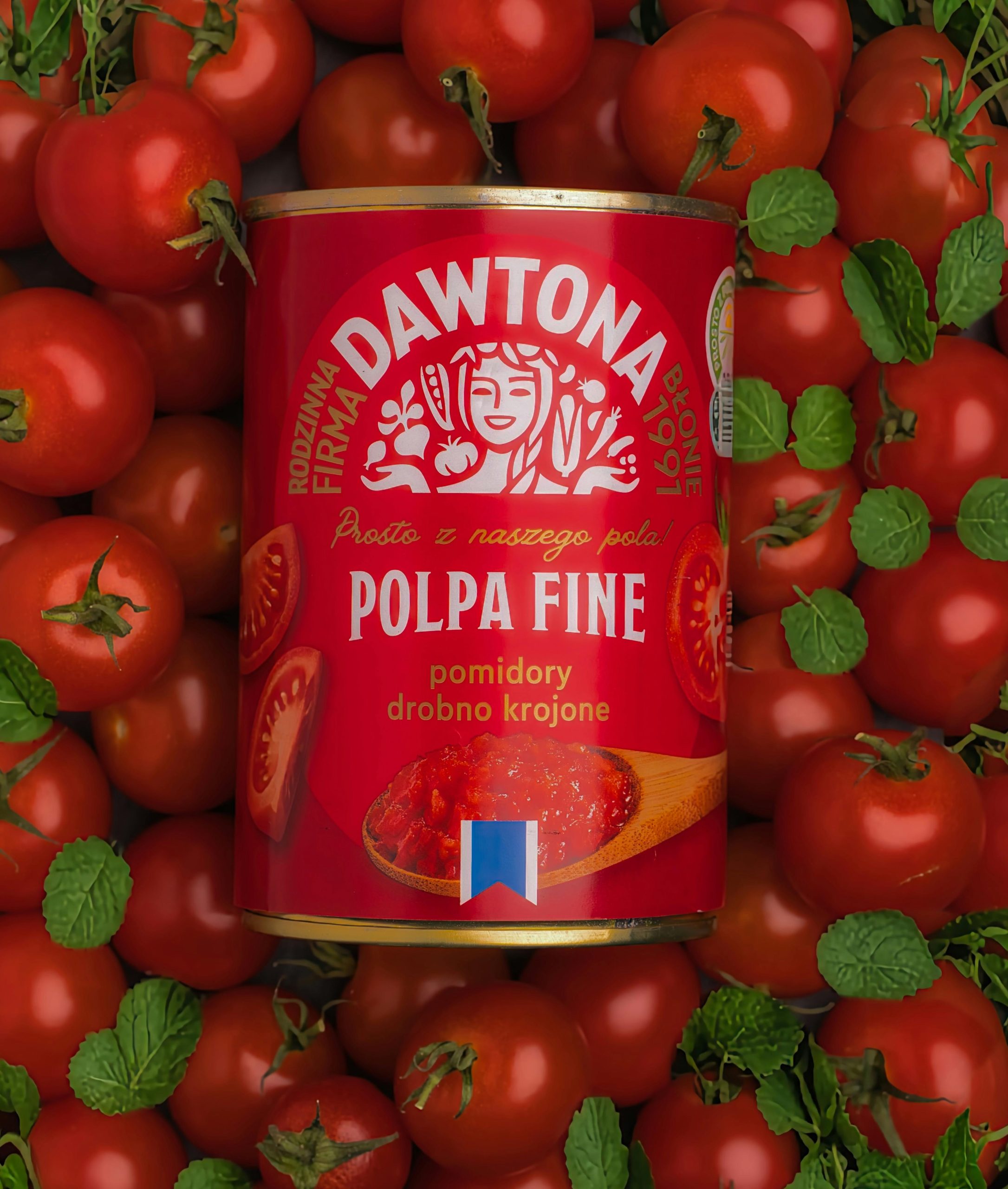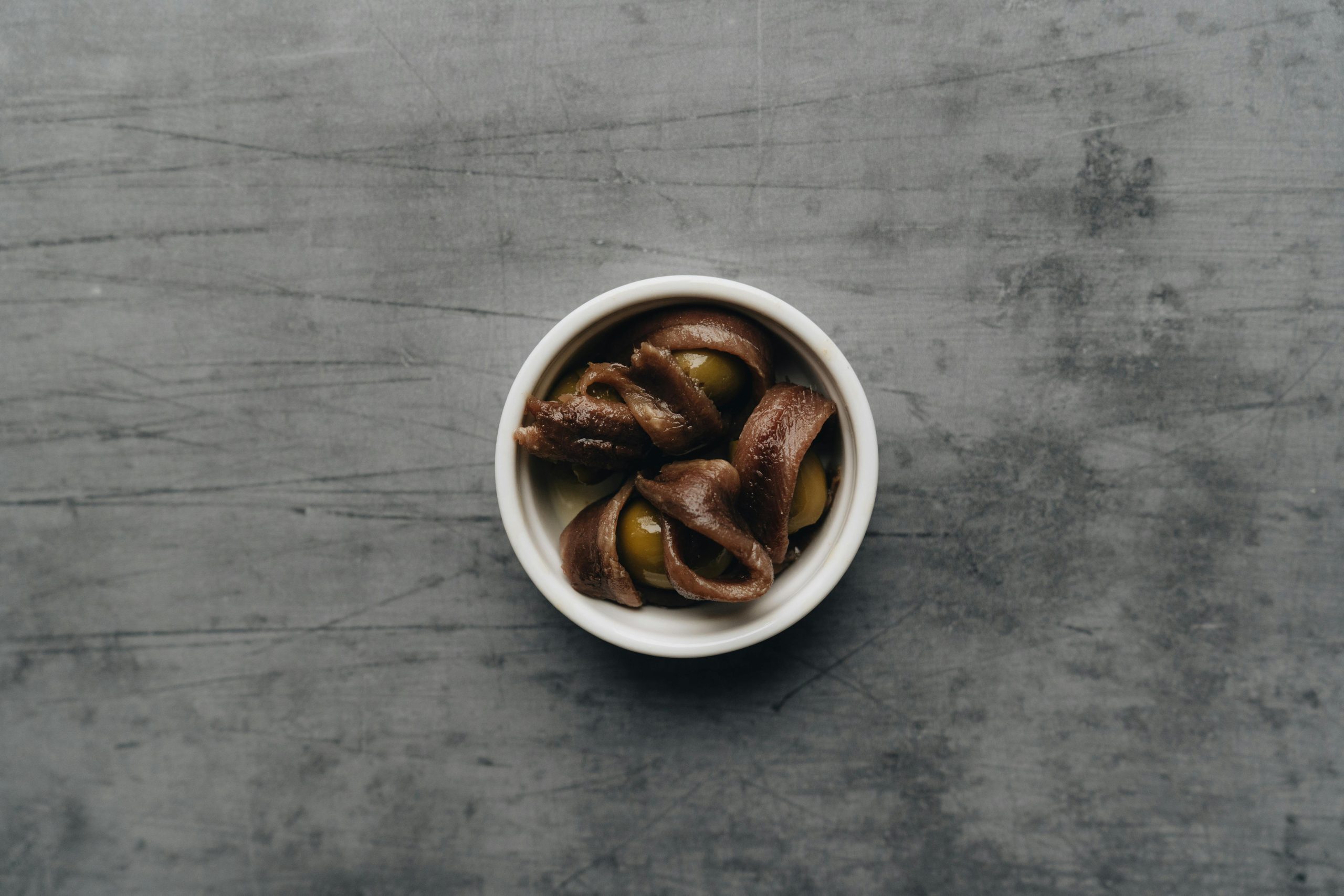Canned goods are the foundation of a stable pantry. They are affordable, long-lasting, and convenient. We often think of their prices as being relatively stable. However, the journey from farm to can to shelf is a complex process. This process is subject to various agricultural and economic shocks. The price of certain canned goods can be surprisingly volatile. It can be affected by weather, disease, energy costs, and trade policies. Understanding which items are most vulnerable can help you stock up smartly when prices are low. Here are seven types of canned goods whose prices are often vulnerable to market shocks.

1. Canned Tomatoes (Sauce, Diced, Paste)
Tomatoes are a foundational ingredient in many cuisines, making canned tomato products a pantry essential. However, the majority of processing tomatoes are grown in specific regions, like California. A severe drought, a major pest infestation, or plant diseases in this region can significantly reduce the crop yield. This supply shock leads directly to higher prices for tomato paste, diced tomatoes, and pasta sauce. These are costs that eventually reach the consumer.
2. Canned Tuna and Other Seafood
The price of canned seafood, especially tuna, is highly vulnerable to several factors. Fluctuating fuel costs are a major component, as fishing fleets require large amounts of diesel. Labor costs and international fishing quotas or regulations can also impact supply. A poor fishing season for a specific species can cause prices to spike. The cost of canning and transportation also adds to the final price, making canned fish sensitive to energy and logistical shocks.
3. Canned Corn
Corn is a massive global commodity with diverse uses, including animal feed and ethanol production for fuel. When demand for ethanol rises, or when government policies mandate its use, a larger portion of the corn crop is diverted from the food supply. This increased demand from the energy sector can drive up the base price of corn for all uses. This includes the sweet corn destined for canning, leading to higher prices in the grocery aisle.
4. Canned Peaches, Pears, and Other Fruits
Canned fruits are dependent on the success of specific orchard crops. An unexpected late frost during the blossom season, a severe hailstorm, or a widespread pest or disease can devastate a fruit harvest. This creates a shortage of the specific fruit needed for canning. Since these crops are seasonal and cannot be quickly replanted, a single bad growing season can impact supply and prices for the entire following year.
5. Canned Meats (e.g., Corned Beef, Chicken)
The price of canned meats is directly linked to the price of the livestock itself. An outbreak of animal disease (like BSE in cattle or avian flu in chickens) can disrupt the meat supply and drive up costs. Furthermore, the price of animal feed (often corn and soy) is a major factor in the cost of raising livestock. When feed prices spike, the cost of meat inevitably follows, affecting the price of canned varieties.
6. Imported Specialty Canned Goods

Many specialty canned goods, like artichoke hearts, specific types of olives, or gourmet peppers, are primarily imported from specific regions like the Mediterranean. Their prices are vulnerable to several international market shocks. These include currency fluctuations, shipping and freight costs, and changes in international trade policies or tariffs. A disruption in any of these areas can lead to a sudden price increase for these imported delicacies.
7. Canned Beans (During Economic Uncertainty)
Dried and canned beans are an inexpensive source of protein. During periods of economic uncertainty or high inflation, consumers often shift their purchasing habits. They may buy more budget-friendly staples like beans. A sudden, widespread surge in consumer demand can temporarily outstrip the readily available canned supply. This can lead to short-term price increases until the supply chain can catch up.
Stocking Your Pantry Strategically
The prices of canned goods, while generally stable, are not immune to the shocks that affect our global food system. Agricultural challenges, energy costs, trade policies, and shifts in demand can all lead to price volatility for specific items. For the savvy shopper, this means it’s wise to stock up on these vulnerable canned goods when their prices are low and stable. Maintaining a well-stocked, rotating pantry of items like tomatoes, tuna, corn, and beans provides a buffer against unexpected price spikes. This ensures your household is prepared and your budget is protected.
Which canned goods do you always keep stocked in your pantry? Have you noticed significant price fluctuations in any of these items over the past few years? Share your observations!
Read More
10 Misleading Signs You See at Supermarket Entrances
Inside the Inventory Game: How Supermarkets Bait Bulk Buyers
The post 7 Canned Goods Whose Prices Are Vulnerable to Market Shocks appeared first on Grocery Coupon Guide.







